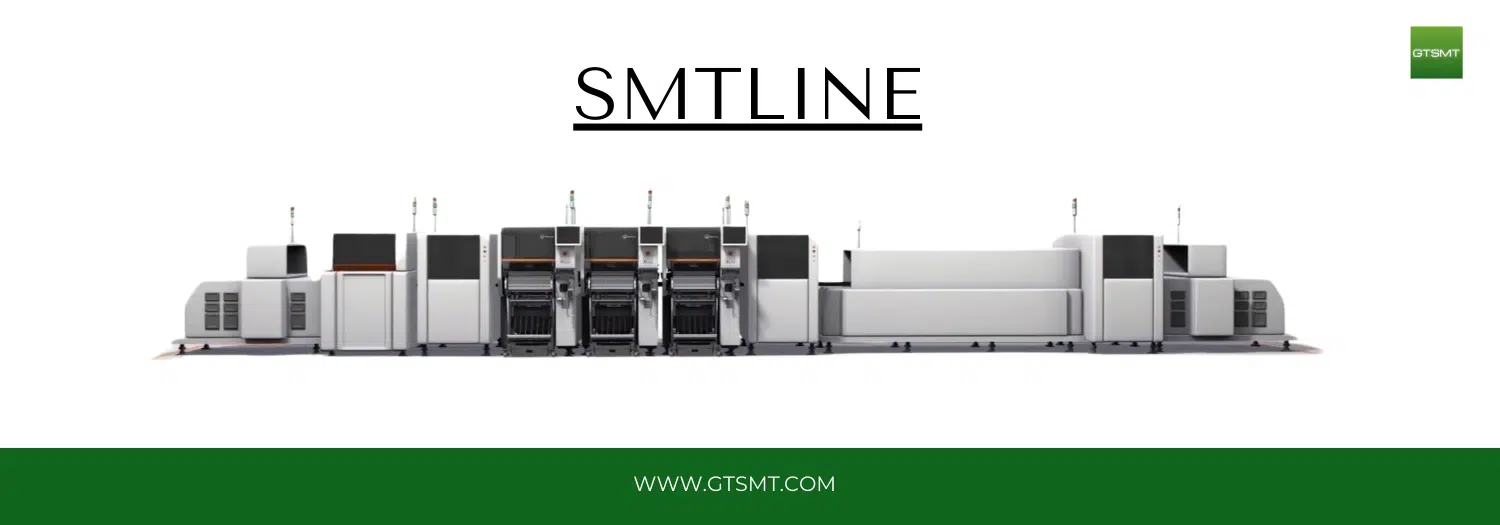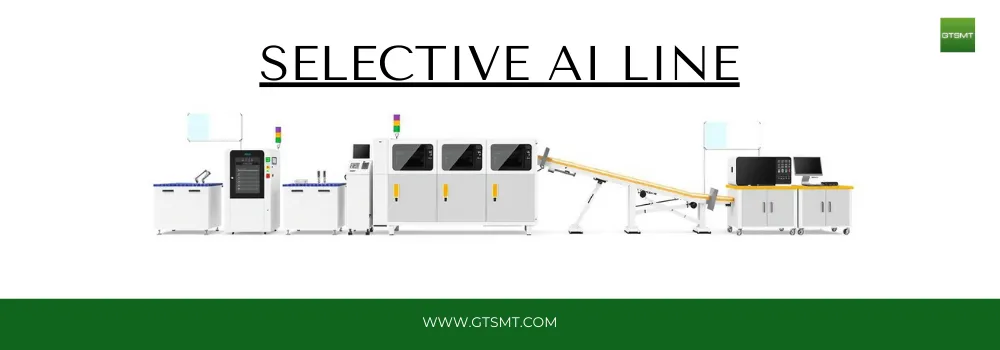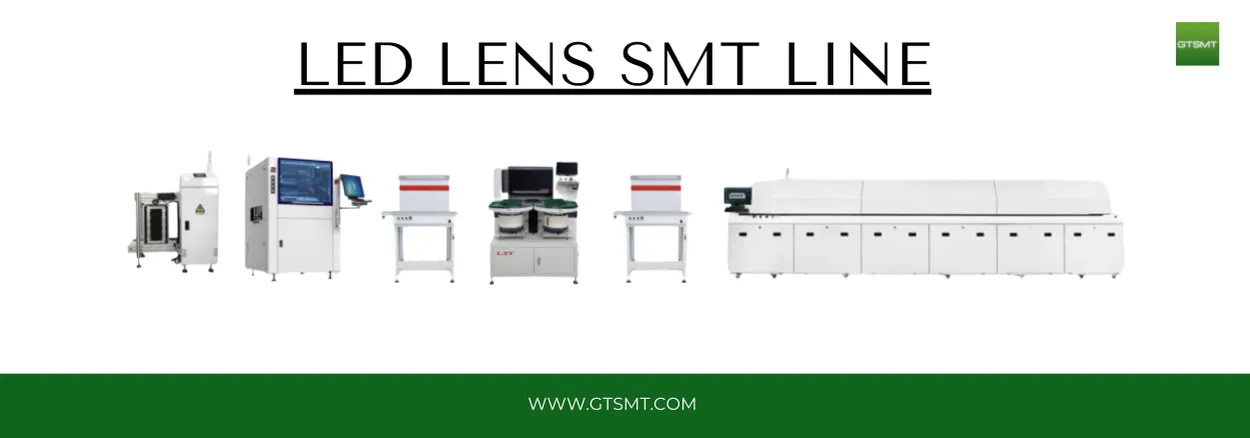Top Best SMT Pick and Place Machines for smt line
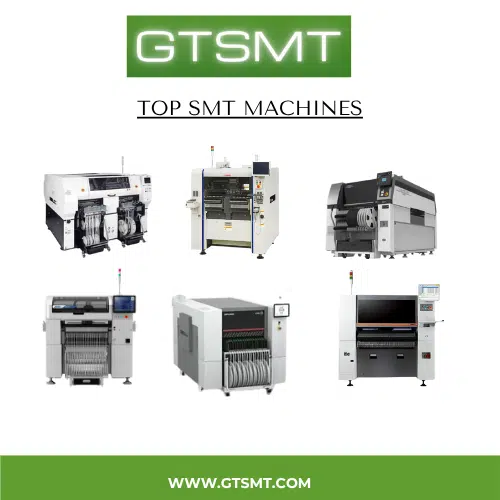
Table of Contents
SMT Pick and Place Machine
Surface Mount Technology (SMT) has fundamentally transformed the electronics manufacturing process. At the core of this transformation is the SMT pick-and-place machine is a highly advanced, automated system essential for precise, efficient, and reliable placement of electronic components. Whether you’re a startup exploring PCB assembly solutions or a seasoned manufacturer upgrading production capabilities, understanding the current SMT equipment landscape is crucial for making informed decisions.
What Is an SMT Pick and Place Machine?
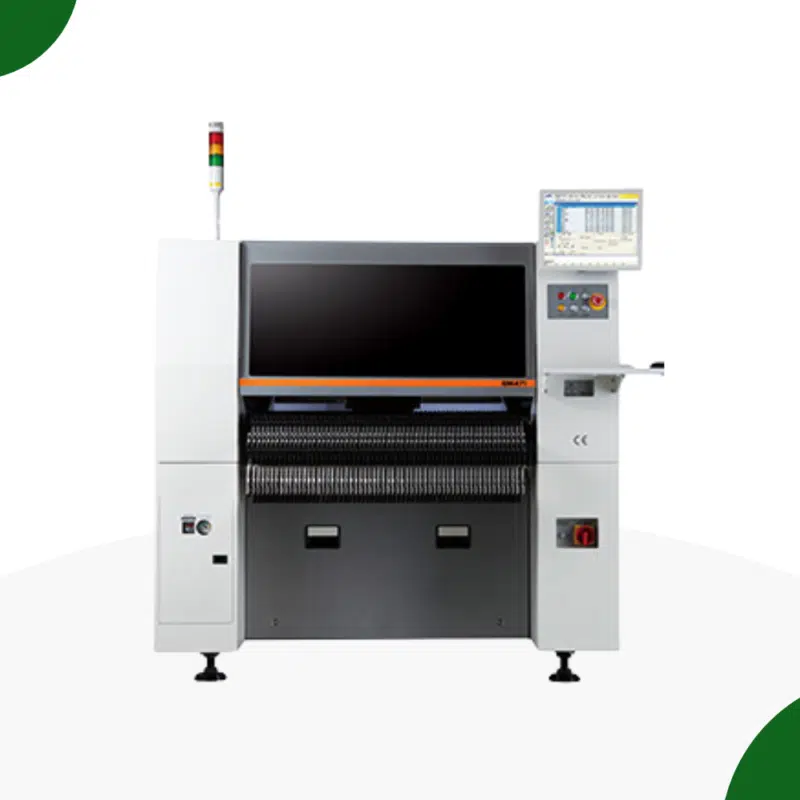
An SMT pick-and-place machine automates the task of placing surface-mounted components onto printed circuit boards (PCBs). Using computer-controlled mechanisms, these machines accurately pick components from feeders and place them on PCBs with micrometer-level precision, typically within ±0.025mm.
These machines have a high-resolution vision system, servo-controlled motors, and intelligent software for mounting SMD components. From large connectors to tiny chips, 01005 mm, modern smt pick and place machine supports a wide spectrum of component sizes and shapes, ensuring adaptability for diverse production needs.
Core Functions of Modern Pick and Place Machines
1. Precision Placement
Top-tier machines deliver placement precision down to ±0.02mm, crucial for assembling compact, high-density circuit boards.
2. High-Speed Throughput
Multifunctional machines provide speeds exceeding 50,000 components per hour (CPH), increase assembly time, and increase throughput significantly compared to manual assembly methods.
3. Integrated Quality Control
Built-in vision systems continuously monitor component alignment, orientation, and presence. This real-time quality assurance drastically reduces defect rates. After the machine picks up the component from the feeder base, the head takes the component to the high-end vision camera, which then scans the component and adjusts its positions and angle of placement.
4. Operational Flexibility
Machines today are designed for fast changeovers and multi-product adaptability. Intelligent feeders and programmable heads enable seamless transitions between different board designs and component types.
With a trolley feeder option, Feeders can be prepared in advance and then replaced with the current working feeders according to the mounting program of new pcb board.
Best SMT Pick and Place Machines in 2025
Fuji NXT Series
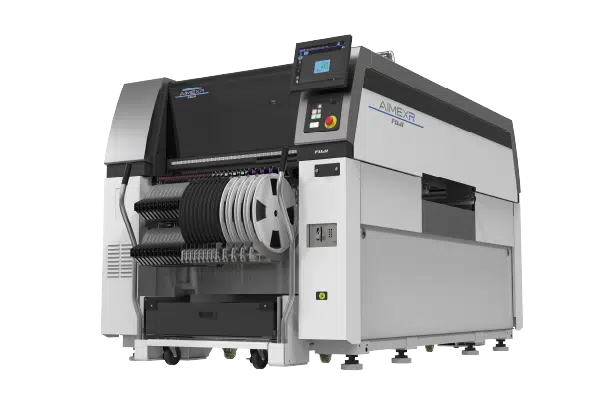
Industry-leading speed with up to 55,000 CPH. Ideal for high-volume production with advanced dual-lane processing and lighting systems. High-end manufacturers prefer to use the Fuji NXT series, which has high speed and extreme precision of placement but less feeder availability.
Panasonic NPM-W2
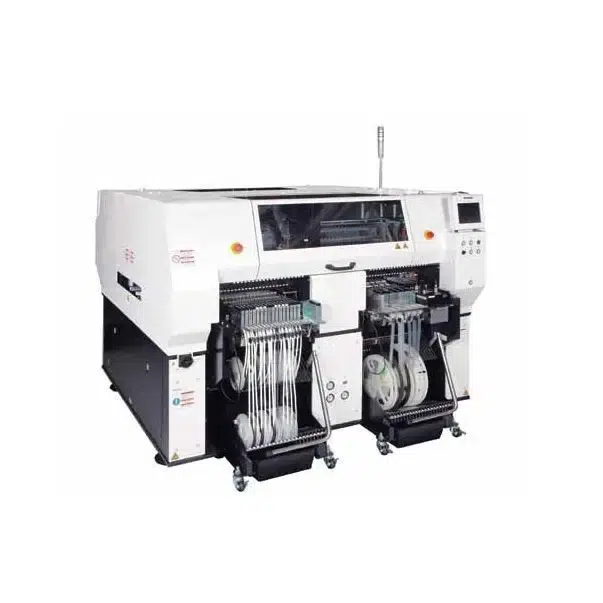
Delivers 45,000 CPH with dual-head architecture and advanced recognition systems, perfect for precision-intensive tasks.
Panasonic pick and place machines also support dual rail tracks for multiple boards, mostly for LED display manufacturers or home electronics manufacturing companies would love to use the Panasonic system.
Yamaha YSM20R
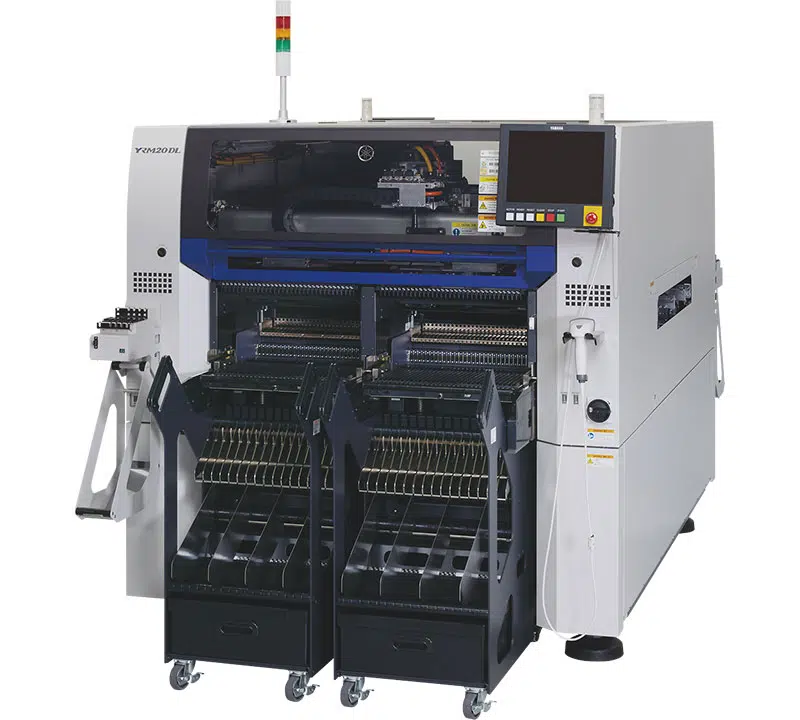
One of the famous leading brands is Yamaha, which offers 80,000 CPH with dual head and dual track optional support, providing a high-end manufacturing system by Yamaha for advanced electronics manufacturing. A balanced choice for medium-scale operations.
ASM SIPLACE TX Series
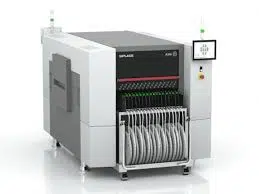
ASM Siplace has a very high precision and very costly spare parts and accessories with high maintenance requirements. Combines 50,000 CPH throughput with high reliability. Known for German-engineered consistency and uptime.
Mid-Range Performance Leaders
JUKI RS-2

Juki has stopped the production of Juki RS-1R by replacing it with RS-2, which is an upgraded new model of Juki, a replacement for the Juki RS-1R machine. Achieves 50,000 CPH with ±0.035mm accuracy. Compact and flexible, suitable for versatile assembly lines. With an upgraded vision system, RS-2 has a huge precision change in its system.
Ultimate guide for juki rs-1r.
Hanwha SM481 Plus

Hanwha SMT 481 Plus is the top choice for many electronics and LED lighting, led display manufacturers.Hanwha has the most sales in China, with more than 50000 units sold a year of production power. Hanwha stands out in smt manufacturers. It reaches 35,000 CPH with robust handling capabilities and an intuitive interface, great for expanding production teams.
Key Selection Criteria
1. Placement Speed and Accuracy
While machines range from 3,000 to over 50,000 CPH, it’s essential to align capabilities with your production targets to avoid over- or under-investment.
2. Component Compatibility
Ensure compatibility with your component types, especially for complex or non-standard parts like BGAs, QFNs, or transformers.
3. Vision System Capability
High-quality vision systems are vital for precise placement and real-time inspection. Look for multi-angle lighting and adaptable image processing.
4. Feeder Flexibility
Select systems with scalable and interchangeable feeders to handle varying reel sizes and component shapes.
Such as Hanwha, has pneumatic and electrical feeder types which can be used in all of its models
Juki has an electronic feeder system for its models with a high push component system for Juki RX-8 and Juki RS-1 or Juki RS-2.
You have to look carefully before purchasing a smt pick and place machine because feeder compatibility is very important if you have one machine from Yamaha and another from Juki it will be trouble for you to manage the systems.
5. Software and Integration
Modern machines should integrate seamlessly with your MES, ERP, and QA systems for full Industry 4.0 readiness.
Cost and ROI Considerations
Investment ranges vary:
- High-end machines: $200,000–$500,000
➤ Best for enterprises needing extreme speed and quality. Labor savings and reduced defects often justify the upfront cost. - Mid-range machines: $50,000–$150,000
➤ Suitable for growing operations balancing cost and capability. - Entry-level options: $10,000–$30,000
➤ Ideal for prototyping, startups, and educational settings.
Assess both direct costs and long-term operational gains when making your investment.
Emerging Trends in SMT Pick and Place machineTechnology
AI Optimization: Smarter placement algorithms are enhancing speed and accuracy while minimizing changeover time.
Industry 4.0 Integration: Machines now support real-time analytics, predictive maintenance, and smart-factory connectivity.
Miniaturization: The ability to handle ever-smaller components without sacrificing precision is critical.
Sustainable Design: Energy-efficient operations and recyclable materials are increasingly prioritized.
Conclusion
Selecting the right SMT pick and place machine is a strategic decision that directly impacts product quality, manufacturing efficiency, and your bottom line. Whether you prioritize high-speed output, adaptable performance, or budget-conscious automation, aligning your needs with the right equipment is essential.
The powerful role of pick and place machines is to empowering manufacturers to meet evolving demands with confidence and scalability. With advancements in AI, vision, and connectivity, today’s machines are smarter, faster, and more precise than ever, making now the right time to invest in the future of electronics manufacturing.

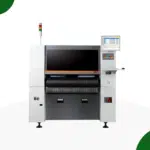 Pick and Place
Pick and Place
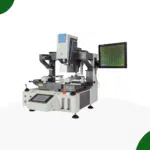 Rework Station
Rework Station
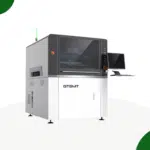 Solder Paste Printers
Solder Paste Printers
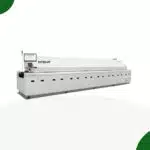 Reflow Ovens
Reflow Ovens
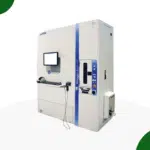 Reel Storage System
Reel Storage System
 AOI & SPI INSPECTION
AOI & SPI INSPECTION
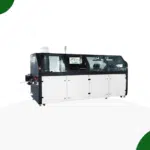 Soldering Machines
Soldering Machines
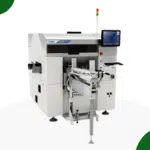 Insertion Machine
Insertion Machine
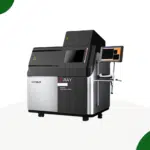 X-ray inspection
X-ray inspection
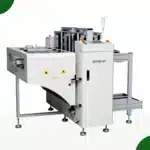 PCB Handeling
PCB Handeling
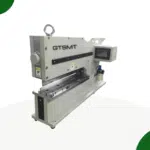 Depaneling Machine
Depaneling Machine
